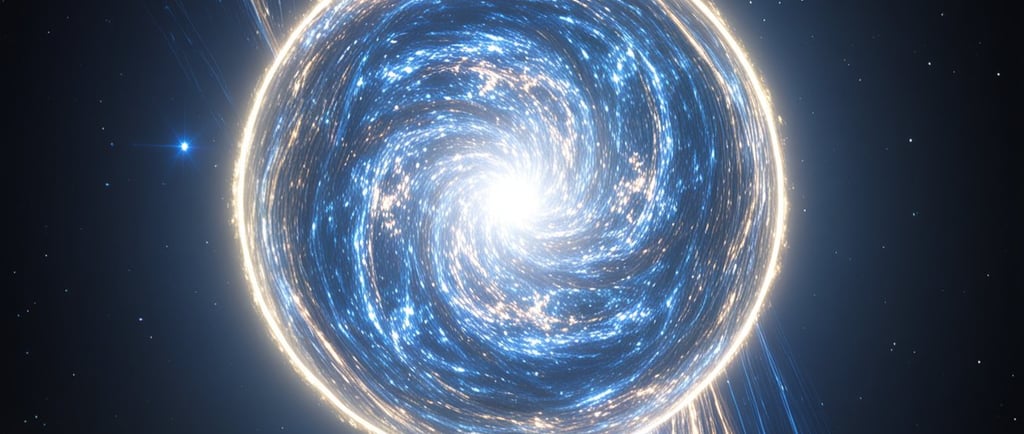A Main Sequence Hydrogen Fusing F-Type Star


Introduction to F-Type Stars
Main sequence F-type stars are among the most interesting and commonly studied celestial objects in the universe. Located between the cooler yellow G-type stars and the hotter blue A-type stars, these stars exhibit unique characteristics defined by their temperature, color, and luminosity. With surface temperatures averaging between 6,000 to 7,500 K, F-type stars contribute significantly to our understanding of stellar evolution and the conditions necessary for supporting life on surrounding planets.
Characteristics of Main Sequence F-Type Stars
F-type stars are distinguished by their bright white appearance and larger size compared to their G-type counterparts like our Sun. These stars often have a mass ranging from 1.0 to 1.5 solar masses, making them relatively massive and leading to more intense nuclear fusion processes in their cores. The spectral classification of F-type stars is based on the absorption lines emitted in their spectra, predominantly due to ionized metals like magnesium and iron.
The main sequence phase is the most extended period in a star's life cycle, where it spends the majority of its existence fusing hydrogen into helium. During this stable phase, F-type stars generate enough energy to shine brightly, often outshining other star types within their vicinity. Through this nuclear fusion process, they produce high-energy radiation, contributing to the enrichment of nearby interstellar matter.
The Importance of F-Type Stars in Stellar Evolution Studies
Studying main sequence white F-type stars is crucial for a myriad of reasons. First, they serve as excellent laboratories for understanding the dynamics of stellar processes and the complex interstellar interactions that occur over vast cosmic timescales. Their relatively short lifespan, usually lasting around 2 to 3 billion years, allows astronomers to observe evolutionary processes in real-time, which is significantly shorter than the evolutionary timelines of G-type and K-type stars.
Additionally, F-type stars offer insight into the potential habitability of exoplanets that may orbit within their habitable zones. With their higher temperatures, F-type stars can sustain a broader range of planetary systems, which is a crucial factor for the development of life-sustaining conditions on orbiting celestial bodies. The increased luminous output compared to cooler stars can accelerate the development of atmospheres, possibly favoring the emergence of life.
In conclusion, main sequence white F-type stars play a vital role in our understanding of the universe. Their physical characteristics and the insights they provide into stellar lifecycles and planetary systems make them objects of fascination for astronomers and astrophysicists alike. By continuing to observe and study F-type stars, we gain not only knowledge about these stellar giants themselves but also ancient secrets of the universe’s formation and evolution.
